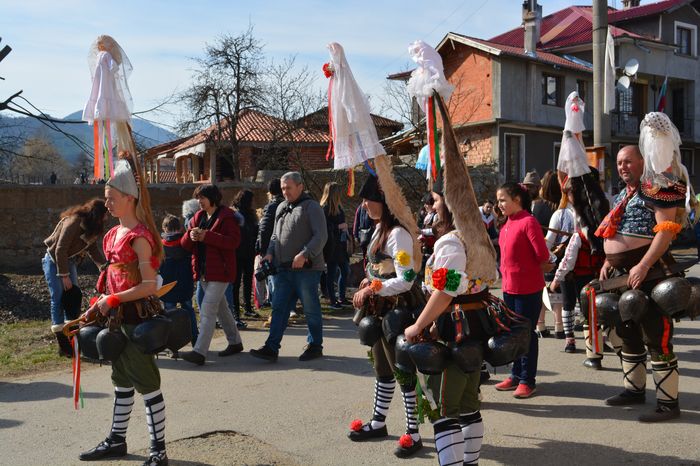Unmarked Graves of Tragic Figures
In a quiet corner of Belgrade, far from the pomp and ceremony befitting royalty, lies the unceremonious resting place of King Alexander, aged twenty-six, and Queen Draga, aged forty. Their bodies, conveyed in a humble cart at dawn, were laid to rest behind the doors of the modest St. Mark’s Church cemetery. Two simple wooden crosses lean against the wall, bearing the names “Alexander Obrenovitch” and “Draga Obrenovitch.” There they lie, with no prayers uttered for their souls, no ceremony to honor their rank.
Europe’s Indignation
The world looked upon Serbia with rightful indignation at this latest crime staining its history. Foreign ministers withdrew in protest, marking their disapproval of the bloody revolution that claimed the lives of the young king and his controversial queen. However, when Prince Peter rushed to claim the throne and be crowned with an iron crown forged from the cannons of his ancestors, the European ministers swiftly returned, eager to pay homage to the new ruler. Only Great Britain remained aloof, refusing to participate in celebrations that included the revolutionaries Private Tours Bulgaria.
A Stand Against Injustice
Despite pressure from other European powers, Britain stood firm in its principles. While other ministers returned to Belgrade, eager to secure diplomatic advantages, Britain maintained its stance, refusing to condone the actions of the conspirators. The Serbian court, faced with the choice between appeasing foreign powers and honoring those who seized power through violence, ultimately chose the latter. As the world watched, Britain stood as a beacon of consistency, unwilling to compromise its values for political expediency.
